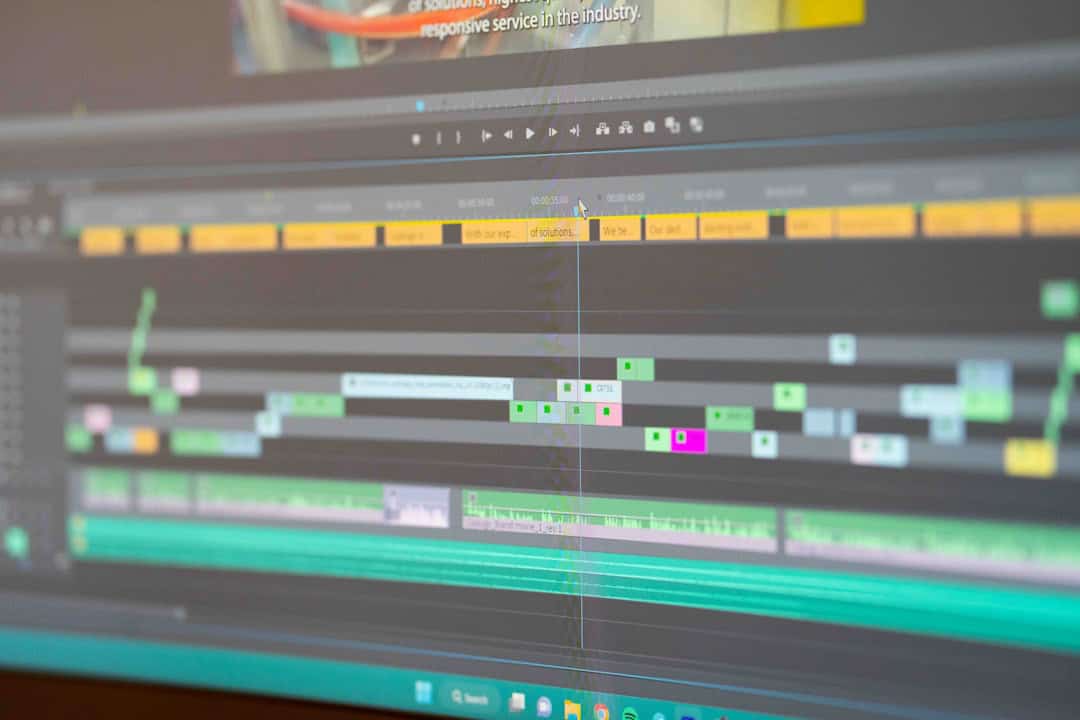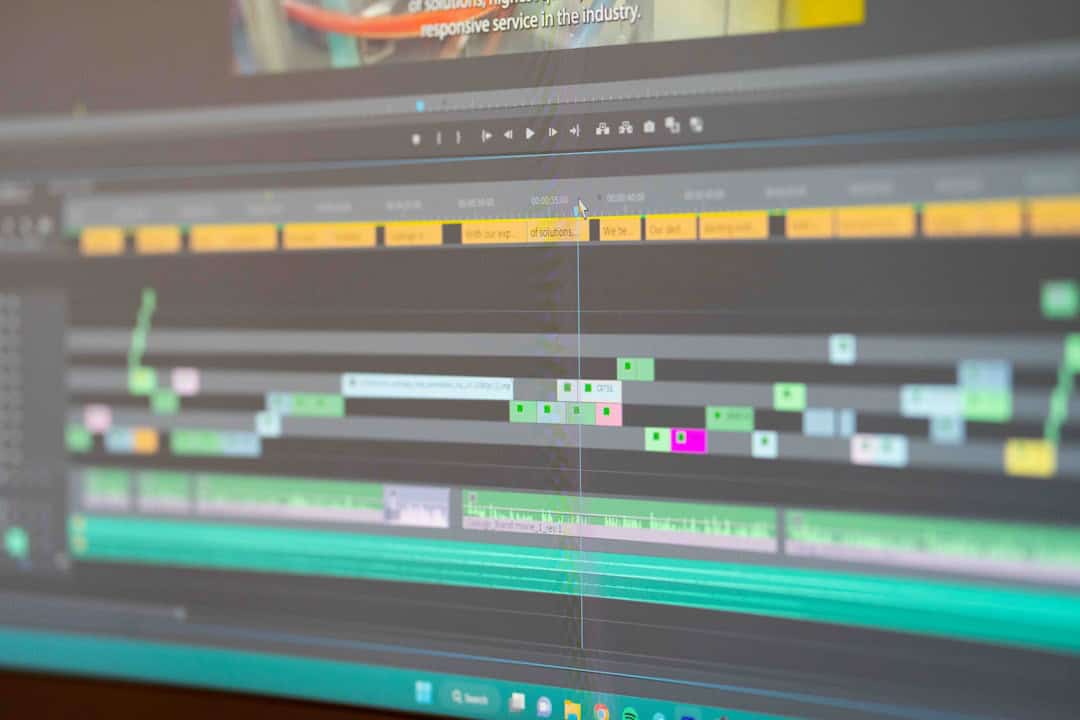In the rapidly evolving landscape of digital media, automating video production processes promises increased efficiency, reduced costs, and enhanced scalability. However, while automation offers undeniable advantages, its widespread implementation faces multifaceted challenges that can impact creative quality, technical execution, and workflow integration.
Video production automation refers to the use of software, artificial intelligence (AI), and machine learning (ML) technologies to perform tasks traditionally executed by human editors and producers. These tasks may include script generation, scene editing, color grading, voice-over creation, and more. Despite technological advancements, certain barriers prevent seamless automation.
The Creative Constraints
One of the primary challenges associated with automating video production lies in the domain of creativity. The process of storytelling is nuanced and often relies on a deep understanding of human emotions, cultural context, and subjective interpretation. Automated systems often struggle with:
- Generating emotionally resonant content
- Making artistic choices, such as camera angles or music selection
- Adapting to different tones or narrative styles
While AI can mimic certain patterns based on training data, the essence of original storytelling frequently gets lost. This gap creates a reliance on human oversight, thereby reducing the potential efficiency gains of full automation.
Technical Limitations
Automating video production incorporates numerous technical elements that must work in seamless harmony. These include video editing software integrations, script-to-video translation, and real-time content rendering. Current technology faces issues such as:
- Rendering errors or latency in cloud-based systems
- Low accuracy in voice recognition or automated subtitling
- Problems in scene detection or facial recognition in dynamic environments
Tools that promise end-to-end automated video production often fall short in handling complex footage or high-quality professional outputs that meet broadcasting standards.

Integration with Existing Workflows
Production teams often use a customized series of tools and workflows that have been refined over years of collaboration. Integrating automation into these systems requires customization, training, and sometimes a complete overhaul of established processes. This presents practical and financial challenges:
- High implementation costs and steep learning curves
- Resistance from teams who fear job displacement
- Compatibility issues with legacy systems and custom plugins
Organizations must carefully measure the return on investment (ROI) before committing to automation, especially in large-scale or legacy production environments where change is inherently slow.
Quality Assurance and Human Oversight
Even the best automated systems require some level of human oversight to ensure quality. Videos, especially those meant for marketing, education, or entertainment, must go through rigorous quality assurance (QA) processes. Automation can sometimes produce:
- Inconsistencies in editing or audio synchronization
- Unanticipated content mismatches, such as incorrect visuals matching narration
- Errors in brand compliance or visual style guides
Reliance on automated workflows without robust QA can lead to reputational damage and lost audience trust.

Ethical and Legal Considerations
Automation in video production raises complex ethical and legal questions, particularly when it involves the use of AI-generated content. These include:
- Copyright infringement from misusing licensed content
- Bias embedded in datasets used for automated decision-making
- Transparency issues when viewers are unaware that content is AI-generated
Ensuring compliance with intellectual property laws, data privacy regulations, and ethical standards adds another layer of complexity to automation initiatives.
The Road Ahead
Automating video production is not an impossible goal. Innovations in AI, natural language processing, and cloud computing continue to make strides in reducing manual workload and enhancing productivity. However, companies need to approach automation with a balanced view—leveraging its capabilities while recognizing its limitations.
A hybrid approach that combines automation for repetitive tasks with human creativity and judgment may represent the most sustainable path forward. As technology matures, the collaboration between machines and creative professionals will likely redefine the future of video production.

